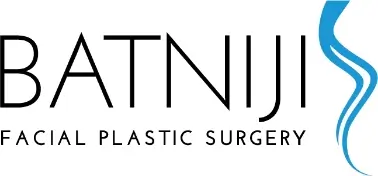Skin cancer is a growing epidemic among Americans. The media conveys to us that glowing skin equates to attractiveness, while our doctors tell us that these beautifying rays are actually extremely harmful to our skin at the cellular level. More recently, the use of sunscreen has become more than just a suggestion; there has been extensive research that links a high exposure of UVA and UVB rays to skin cancer.
According to the University of Pennsylvania’s medical site, there are three common forms of skin cancer. They are:
- Malignant melanoma – This is the most serious form of skin cancer. The development of a new mole or changes of any moles already on a person’s face or body serve as a cautionary sign of the disease and warrant medical attention. Melanoma is known to spread throughout the body, and can be fatal.
- Squamous cell carcinoma – A non-melanoma skin cancer, this type of cancer appears reddish or scaly on the skin, and may be raised or flat. If not treated, squamous cell carcinoma is more likely to spread. Bowen’s disease is an early form of squamous cell carcinoma.
- Basal cell carcinoma – Though no form of cancer should be thought of as harmless, this form of the disease is less aggressive than the other two skin cancers commonly found. The proliferation of cells is less rapid, and basal cell carcinoma is not likely to spread to other tissues.
To prevent the cancer from spreading, it must be removed. There are a number of procedures that can be utilized to rid the skin of this disease. The Mayo Clinic suggests the following methods:
- Freezing– Some forms of skin cancer can be treated with a liquid nitrogen solution, which is also referred to as cryosurgery. The affected skin will shed following the procedure.
- Excisional Surgery – Typically, any form of skin cancer can be removed through surgical cutting of the diseased skin as well as the immediate tissue that encompasses the growth.
- Laser Removal – The concentrated beams of light destroy the cancerous skin. Most often, lasers are used to treat cancer on the outermost layers of skin.
- Mohs Surgery – During this systematic procedure named for the doctor who invented it, layers of skin containing cancer are removed and observed under a microscope to determine the extent of the cancer. Each layer is removed one at a time and inspected until a level is reached that is free of cancer. Through this technique, the doctor removes the cancer entirely without unnecessarily disrupting healthy surrounding skin. Most often, this method is employed for a recurrence of skin cancer, or types of the disease that are not readily treated through other techniques.
- Curettage and Electrodessication– Following the removal of the majority of the cancerous lesion, a curet can remove existing layers of skin that contain cancer cells. After that, a powered needle destroys the remaining cancerous cells.
Other suggestions that may not be performed by a facial plastic surgeon include radiation, chemotherapy, PDT (photodynamic therapy), and biological therapy.
In order to determine the best possible treatment for your particular needs, call Dr. Batniji’s Newport Beach, California office at 949-650-8882to schedule a meeting with him. You can discuss removal options, map out a treatment plan, and determine how to preserve your health and appearance.

